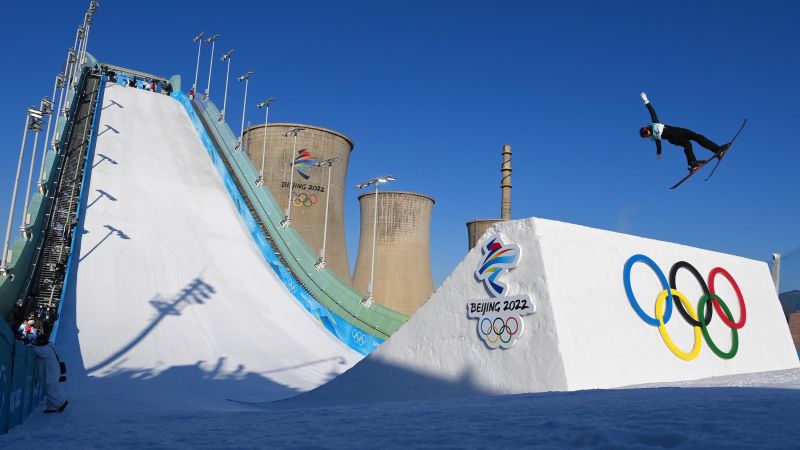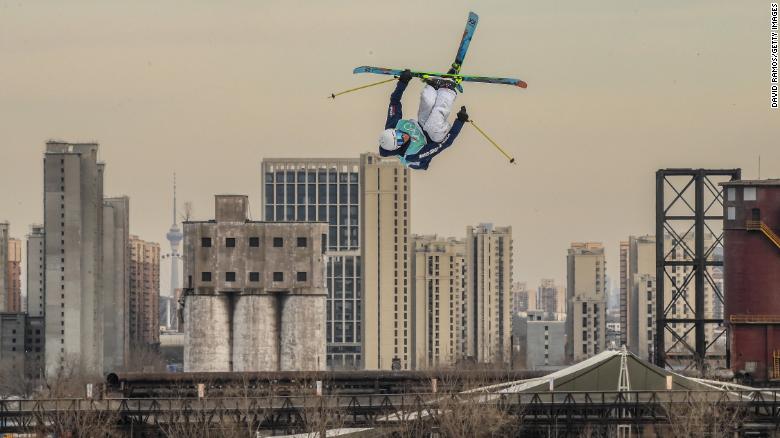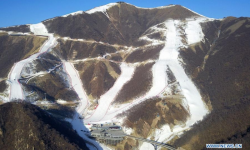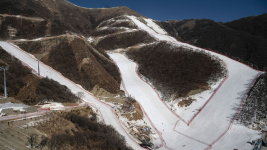ChrisC
Well-known member
I am obsessed with the apoplectic urban scene (complete with nuclear reactors 
 ) at the Beijing's Big Air Shougang Olympic venue.
) at the Beijing's Big Air Shougang Olympic venue.
The images from these Winter Games are among the worst - brown sloped/WRODs, fake icy hard pipes and machine-made cross country tracks.
But the last 3 Winter Games have been disappointing/horrible - Palm trees in Sochi, rampant snowmelt too in Sochi, and more WRODs in South Korea.
Only the skaters get anything nice.
Will be nice when Milan/Cortina hosts.


 www.cnn.com
www.cnn.com
The images from these Winter Games are among the worst - brown sloped/WRODs, fake icy hard pipes and machine-made cross country tracks.
But the last 3 Winter Games have been disappointing/horrible - Palm trees in Sochi, rampant snowmelt too in Sochi, and more WRODs in South Korea.
Only the skaters get anything nice.
Will be nice when Milan/Cortina hosts.

Is that a nuclear plant? The story behind those towers at the Winter Olympics big air | CNN
The old steel mill next to the big air jump moved its operations more than 15 years ago -- before the 2008 Summer Olympics in Beijing.




